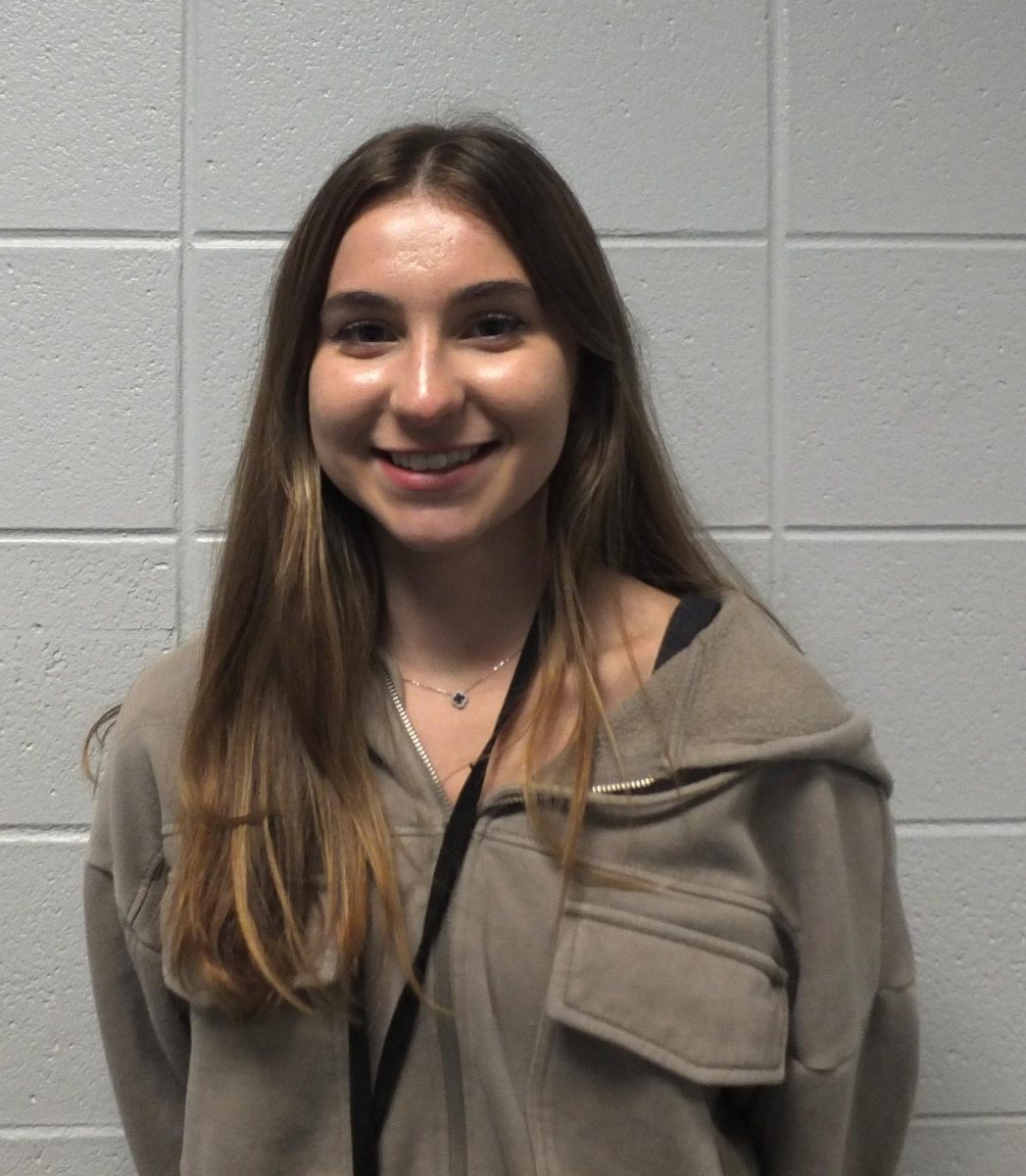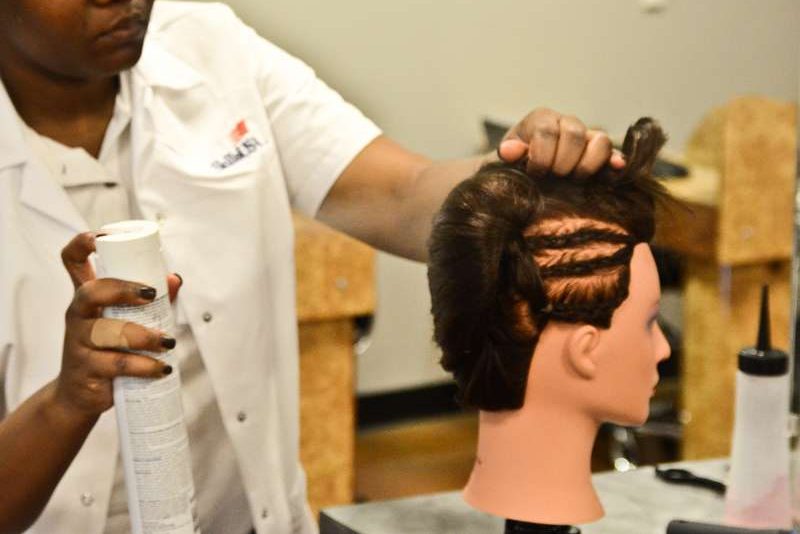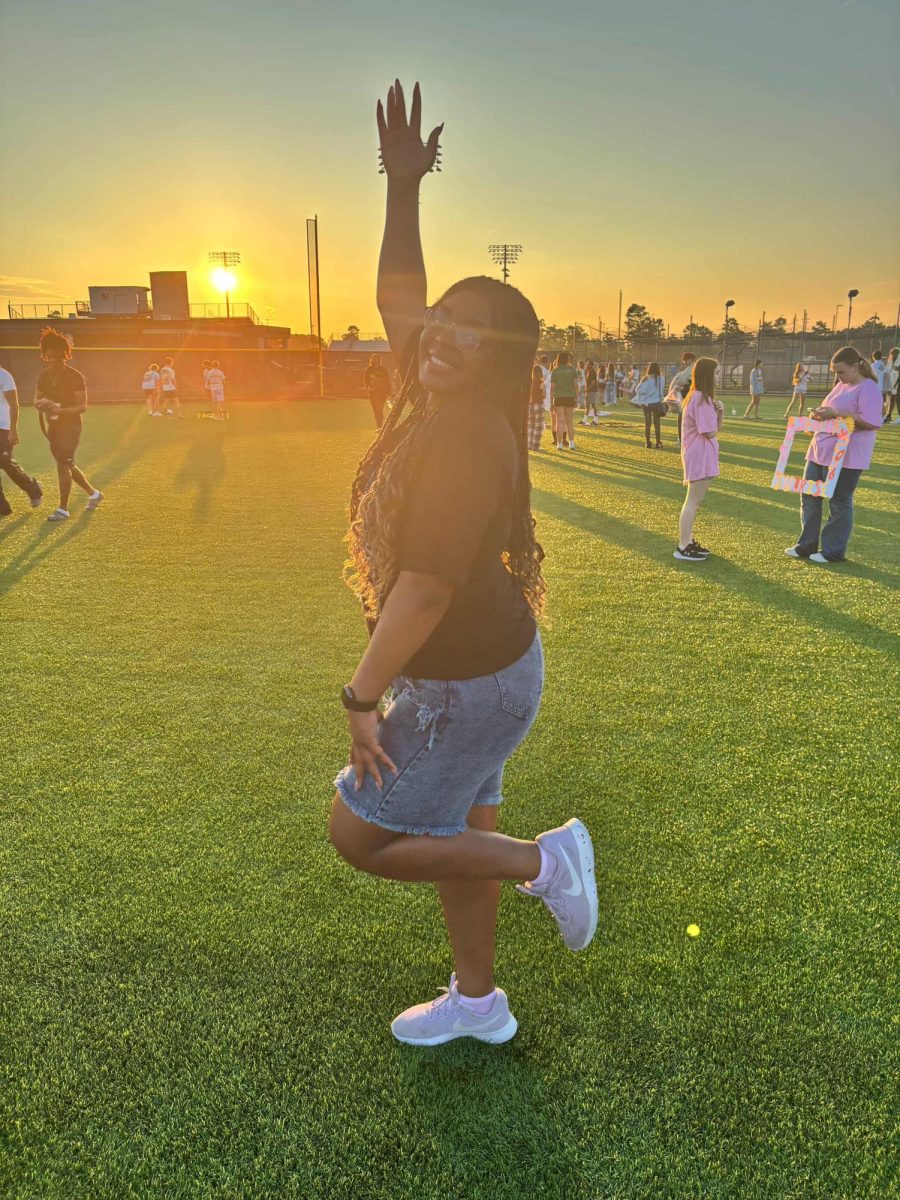Student A: great at math, solves every problem logically, reacts rationally when faced with an issue, needs structure to succeed. Student B: enjoys art, relies on visual learning techniques, centers life around emotions and intuition, and is extremely creative. According to the theories of Roger W. Sperry, Student A would be easily defined as left brained while Student B would be defined as right. However, recent studies show that the traditional ideas of a strictly right or left brained person do not exist.
Psychology.com states that people can be right brained or left brained dominant, learning better one way or the other, but the idea of the complete separation of the right and left brain has been greatly exaggerated.
“Ultimately it says that there is no such thing as ‘right’ or ‘left’ brain people,” social studies teacher and soon to be the owner of a masters in education Amber Godwin said. “Brain-based research has shown this for many years. You have a brain and you have to learn to use it without impeding yourself because you think you’re good at something or bad at something else.”
Godwin said it may take years for the new theories to make it into curriculum. Traditional theories are still ingrained into the current curriculum.
“Sophomore year we did a lab over it in biology,” senior Spencer Anderson said. “I’m left brained because I like math and science and I’m kind of good at it.”
Rather than thinking she is specifically right or left brained, junior Jennifer Padilla concluded that she utilizes both sides.
“I’ve mainly considered myself very in between until learning more about left brain and right brain functions,” Padilla said. “I have a talent for math and have plenty of trouble retaining word based subjects so I naturally thought I was left brained, but I have a passion of visual arts and have a very active creativity so that lead me to the conclusion to being in between.”
Padilla said her knowledge of the right and left brain theories helped her better understand the best learning methods for her and improved her grades. This fulfills the idea that by understanding which side is more dominant, better learning techniques can be found.
“It has helped me a lot with my grades actually,” Padilla said. “Since I realized that I’m more of a kinetic/visual learner I focus more on how I study it then not being able to do it. In the past I’ve done things like create hand motions to learn vocabulary quickly and picture the word to remember how to spell it, some people find it unnecessary, but it works.”
In the same way that Padilla used her knowledge of her own brain functions to find the best learning methods, Godwin said that while new research did not completely change her mind about brain functions, it was discussed to find better teaching methods.
“My master’s was heavily focused on critical thinking and brain based research and learning,” Godwin said. “In those areas we had discussed the idea of thematic learning and how that can help students. It is awesome to imagine how much more we could invent, cure and solve if we all had a better understanding of our brain and how to use it.”
Just as someone can teach themselves to learn to write with the opposite hand, someone can train themselves to utilize both sides of their brain. According to Middle Tennessee State University, people simply prefer to think with one side as the dominant side and limit the other side’s use. The new research surrounding the separate brain functions is attempting to learn how to break these habits.






